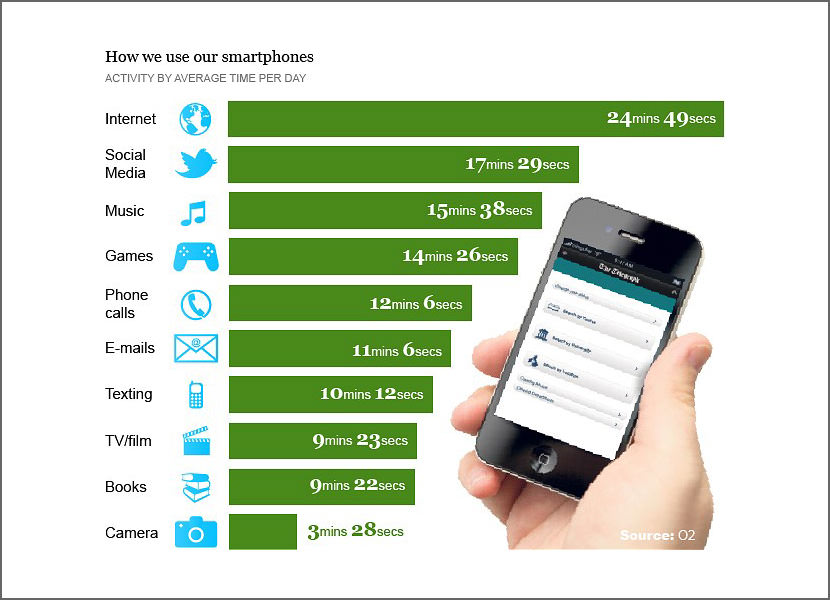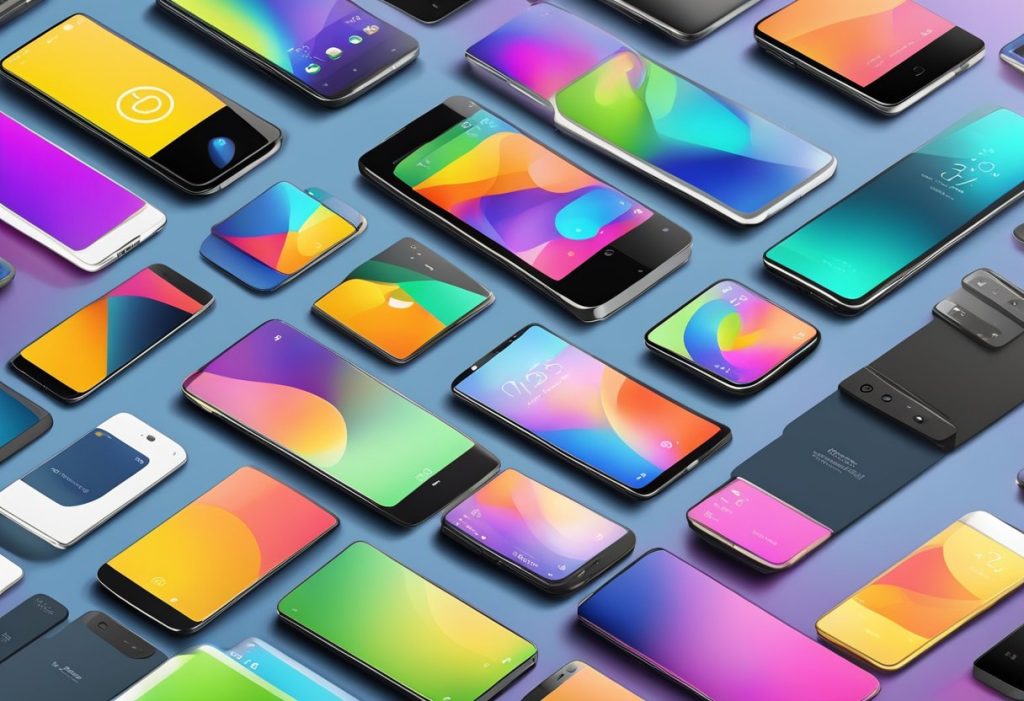In the modern digital landscape, smartphones are no longer just communication devices—they are integral to work, hobbies, and daily organization. The lifespan of a personal smartphone often mirrors a balance between the device’s build quality and the user’s evolving practical needs. My previous smartphone was an iPhone 11 with 64GB of storage, which I used consistently for four years (2019–2023). This duration exceeded the average 2–3 year replacement cycle for many consumers, a choice driven by the phone’s initial durability and my preference to use electronics until they genuinely fail to meet essential functions. When I finally decided to upgrade, the decision stemmed from tangible functional limitations, not a desire to follow tech trends or own the latest model.

1. The Four-Year Lifespan: Durability and Initial Reliability
The iPhone 11’s four-year lifespan was a testament to its solid construction and software support. In its early years, the device performed flawlessly: its A13 Bionic chip handled multitasking (e.g., running Microsoft Teams, browsing Chrome, and editing photos simultaneously) without lag, and its 64GB storage seemed sufficient for my needs—storing hundreds of photos, essential work apps, and a handful of entertainment apps. Apple’s regular iOS updates also kept the phone secure and compatible with new features until 2022, ensuring it remained functional even as newer models were released. For the first three years, I had no reason to consider replacement; the phone acted as a reliable tool, seamlessly integrating into my daily routine.

2. Key Reasons for Replacement: Functional Limitations
By the fourth year, however, three critical issues emerged that disrupted my daily use, making replacement a practical necessity rather than a luxury.
Battery Degradation: A Daily Inconvenience
The most urgent problem was battery health decline. When new, the iPhone 11’s battery lasted a full day with moderate use—including 2 hours of video calls, 1 hour of social media browsing, and occasional photo-taking. By 2023, its battery health (measured via the phone’s built-in tool) dropped to 71%, meaning it would die after just 4–5 hours of light use. This became a major disruption: during workdays, I had to carry a portable charger everywhere to avoid sudden shutdowns mid-meeting or commute. Once, I missed a crucial client check-in because my phone died halfway through a train ride—an incident that highlighted how the failing battery was undermining my productivity and reliability.
Insufficient Storage: A Constant Constraint
The 64GB storage, which felt adequate in 2019, became a persistent limitation as my usage habits changed. I began taking more high-resolution photos (especially during weekend hikes and family gatherings) and downloading work documents (e.g., PDF reports, presentation files) for offline access. By 2022, I was forced to delete old photos, uninstall unused apps (even favorite games like Stardew Valley), and transfer files to a cloud drive weekly just to free up 1–2GB of space. The “storage full” notification became a frequent annoyance, often appearing when I tried to take a photo or download a critical app update. This constraint didn’t just waste time—it prevented me from using the phone for basic tasks I relied on.
Outdated Camera and Performance Lag
Two smaller but impactful issues were performance lag and camera limitations. As app developers released updates optimized for newer chipsets, the iPhone 11’s A13 chip struggled to keep up. Apps like TikTok, Instagram, and even Google Maps would take 3–4 seconds to open, and occasional crashes occurred when multitasking. For example, switching between a video call and a spreadsheet often caused the call to freeze—frustrating when collaborating with colleagues. Additionally, as a casual photographer who enjoys capturing outdoor landscapes, I noticed the phone’s single rear wide-angle camera performed poorly in low light: photos taken at dusk or indoors were grainy, with washed-out colors. Newer phones offered improved low-light sensors and ultra-wide lenses, which I hoped would help me capture clearer, more detailed photos— a hobby I’d grown to value.

Conclusion
Replacing my iPhone 11 after four years was a decision rooted in practicality, not consumerism. The degraded battery, insufficient storage, performance lag, and outdated camera had transformed a once-reliable tool into a source of daily frustration, interfering with both work and personal hobbies. This experience reinforced my belief that smartphone replacement should be driven by need, not novelty: a device should be upgraded only when it can no longer support the user’s core activities. For me, the new smartphone was not just a “better” device—it was a way to restore the convenience, productivity, and enjoyment that a good smartphone should provide. In a world of constant tech upgrades, this approach ensures that we use devices thoughtfully, rather than succumbing to the pressure to always own the latest product.
